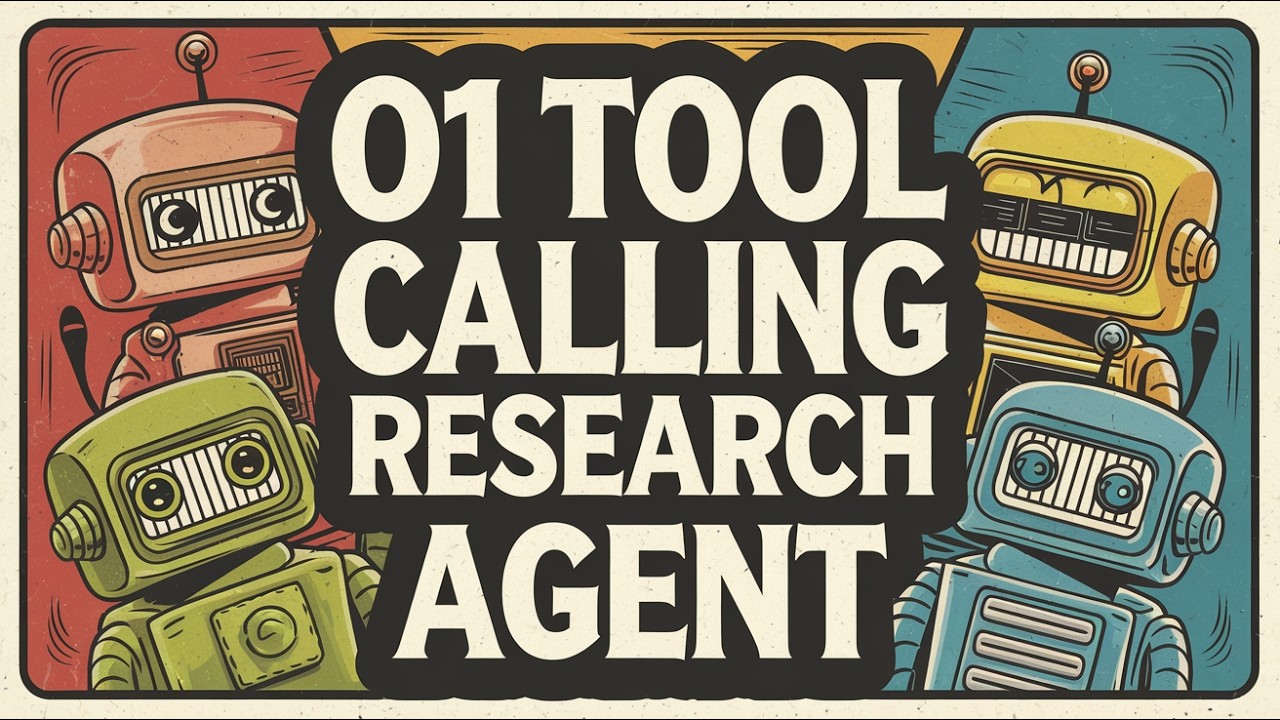The video showcases the development of the O1 research agent, which autonomously conducts research and generates Markdown reports on complex topics, utilizing a cursor rules file to guide its operations. The creator discusses the coding process, improvements made to the agent’s performance, and invites viewers to access the source code and additional resources on Patreon.
The video discusses the development and functionality of the O1 research agent, which is designed to autonomously conduct research using perplexity and generate comprehensive reports on various topics. The agent can answer complex questions, such as predicting the GPU count in Nvidia’s largest supercluster by 2025 or estimating when artificial general intelligence (AGI) will be achieved. The reports produced by the agent are formatted in Markdown style, and the agent saves its search results at each iteration, showcasing its autonomous capabilities to decide when to conclude its research.
The creator of the O1 research agent shares insights into the coding process, which was conducted during a live stream available on Patreon. The video highlights the importance of the cursor rules file, which guides the agent’s operations. The creator emphasizes that while O1 does not support function calling or structured outputs, it can still be instructed to return actions and search terms, which can then be parsed and executed as needed. The video also mentions that the agent’s performance can vary based on the clarity of its instructions.
As the video progresses, the creator demonstrates the agent’s iterative process, showcasing how it generates search terms and writes reports based on its findings. The agent’s ability to decide whether to continue searching or to write a report is illustrated through its iterations. The creator notes that the agent initially struggled to return search terms consistently, but improvements were made in subsequent iterations, leading to a more coherent output.
The video delves into the technical aspects of the code, explaining how the agent interacts with OpenAI’s API and performs web searches. The creator outlines the functions defined in the code, such as handling agent responses, performing web searches, and generating reports. The importance of structuring the cursor rules file to ensure the agent understands how to return search terms and actions is emphasized, as this directly impacts the agent’s effectiveness in conducting research.
In conclusion, the creator invites viewers to access the source code and the live stream on Patreon, where they can explore the development process in detail. The video serves as both an educational resource for those interested in building autonomous research agents and a showcase of the creator’s experimentation with AI technologies. Additionally, the creator promotes their website, which hosts over 300 free videos on various projects, and offers consulting services for individuals seeking assistance with their own projects.
